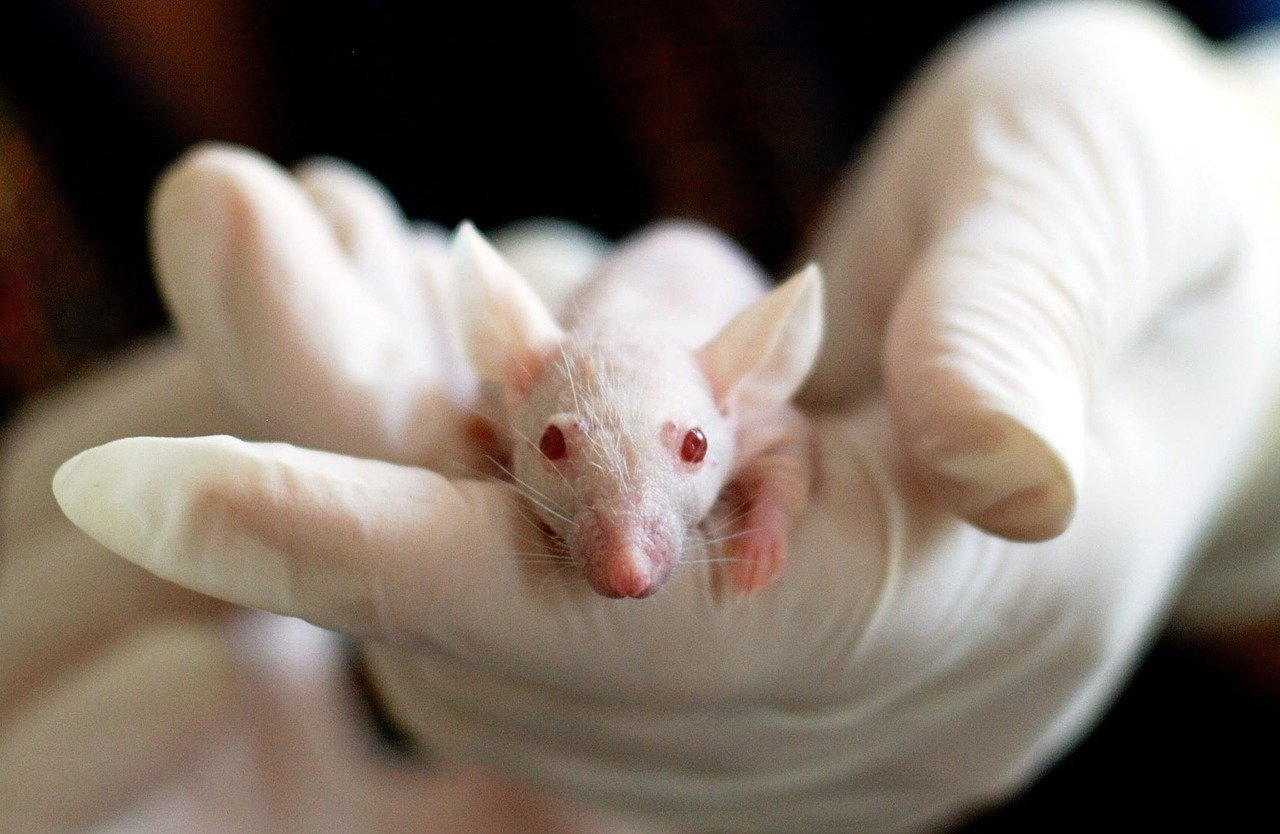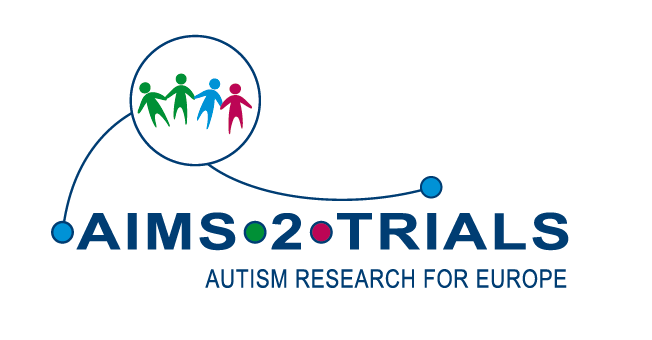
Using mice to research social interaction and reward processing in autism, and potential medication
There is a theory that some autistic people have differences in the brain’s social reward system when compared to non-autistic people. For this subgroup of autistic people, medication to address those differences could be beneficial, for example in alleviating social anxiety, decreasing social difficulties and potentially improving quality of life. Additionally, since we learn a lot from other people in social situations, autistic children may miss out on important learning if they are not attending enough to social situations.
‘Mouse models’ of autism
The AIMS-2-TRIALS team led by Peter Scheiffele at the University of Basel is using mouse models to explore these ideas. In some ways, human and mice brains are quite alike. This is not so much the case for the sensory systems because mice use mostly their whiskers and smell whereas humans are very visual, but the ways that human and mice brains process positive experiences, including social information, are quite similar.
In this research, mice were bred without a protein in their brains that controls the organisation of neuronal connections. The loss of this protein in cells of the reward system of mice modified how these cells respond to the hormone oxytocin. The cells that would usually activate in response to social contact no longer did so, and these mice behaved less socially than those without the special breeding. Researchers then tested a new pharmacological intervention – what could eventually become a medication for humans – and were able to restore the responses to oxytocin. They then put these mice in social situations and found that the activation of the appropriate brain cells was also restored and the mice’s social behaviour was more typical.
Developing treatments
This is exciting research because it is possible that the successful ‘medication’ could be adapted for use with humans. Similar compounds have already been safety tested in the field of cancer treatment and are promising because they have very specific, selective effects. It will be important to explore how long any changes caused by medication might last. It may be that medication is more beneficial – or long-lasting – if administered at critical periods during development. It will also be vital to check for side effects and to continue to explore ways of identifying those who might benefit from the medication.
Translating back from mice to people
Further research will need to determine whether the general principles demonstrated in these mouse studies transfer to humans. Related findings have already been described by researchers such as Webb et al. (2010), who found that toddlers with more severe symptoms of autism appeared to become familiar with faces more slowly than comparison groups. As with the mice, this was only the case with faces, the same result was not found with objects. One of the researchers in that study was Emily Jones of Birkbeck College in London, who is now part of the AIMS-2-TRIALS consortium. In a 2017 paper, Emily’s team suggests that early parent-led interventions for social attention might have the potential to improve developmental achievements for children with a high likelihood of autism diagnosis. This study shows the potential for not just medicine but also non-medical interventions to have an impact on brain systems underpinning social attention, to improve quality of life, and potentially even developmental achievements.
References
Hörnberg, H., Perez-Garci, E., Schreiner, D., Hattstatt-Burkle, L., Magara, F., Baudouin, S., Matter, A., Nacro, K., Pecho-Vrieseling, E., and Scheiffele P. (2020) Restoration of oxytocin receptor signaling and social recognition in a mouse model of autism.
Jones EJH, Dawson G, Kelly J, Estes A, Webb SJ. Parent-delivered early intervention in infants at risk for ASD: Effects on electrophysiological and habituation measures of social attention. Autism Res. 2017;10(5):961–972. doi:10.1002/aur.1754
Webb, Sara Jane & Jones, Emily & Merkle, Kristen & Namkung, Jessica & Toth, Karen & Greenson, Jessica & Murias, Michael & Dawson, Geraldine. (2010). Toddlers with Elevated Autism Symptoms Show Slowed Habituation to Faces. Child neuropsychology : a journal on normal and abnormal development in childhood and adolescence. 16. 255-78.
Principal investigator:
Peter Scheiffele, University of Basel
Why use animals in our research?
The global consensus among scientists is that some research using animals is vital for progress in biology and healthcare. This is because it is not always possible to model the complexity of a living body in other ways. Research that uses animals gives unique insights into the living body as a whole. It also allows scientists to control factors that affect the experiment and that cannot be controlled precisely in human volunteers.
Only used where unavoidable
We use animals only when it is considered unavoidable because no other research technique can answer the scientific question. However, we adhere to the principles of the 3 Rs: to replace, refine and reduce the use of animals.
High standards of animal welfare
High standards of welfare are central to all of our animal research. Our studies are regulated strictly by laws and regulations across Europe and within each country where the research takes place. We are committed to communicating clearly and openly about all of our research.
Why are mice relevant to autism?
It may sound strange, but mice with mutations in certain genes related to autism typically show repetitive patterns of movement and reduced interest in other mice. They also display a cognitive style that focuses on details and favours routine. Because the mice have both genetic mutations linked with autism and display behaviours that are in some ways similar to those of some autistic people, they are referred to as ‘mouse models of autism’. Studying them can help researchers learn more about the biology of autism, including identifying biological markers to indicate which brain cells or circuits are important for particular behaviours and thinking styles.








